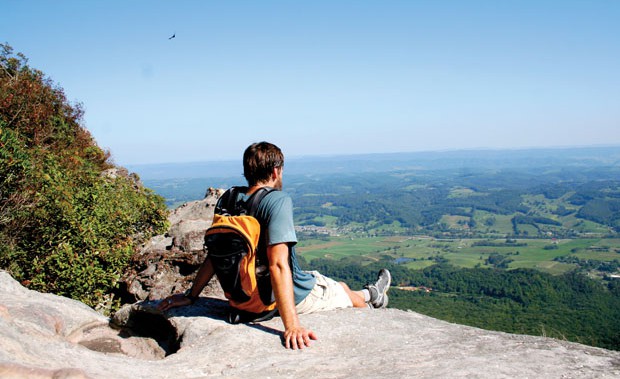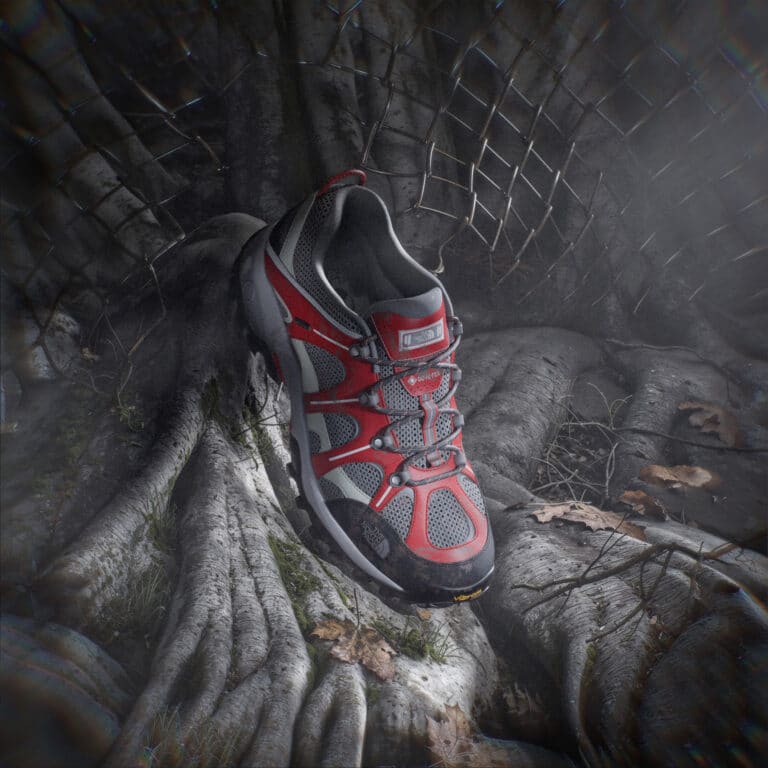“Once we get the trail completed into Frozen Head State Park, which is already popular with backpackers, the New River segment will start to see some boots,” Hook says.
The New River segment of the 300-mile Cumberland Trail holds the high point along the trail, Cross Mountain, at 3,000 feet. Here, the terrain is more rolling and mountainous than what you’d find on the southern end of the Cumberland Plateau. Instead of the dramatic escarpment that defines the plateau near Chattanooga, you have mountains that build into a crescendo, much like in the Smokies.
And backpacking is just the crown jewel of the North Cumberland’s recreation portfolio. The North Cumberland has hundreds of miles of former logging roads that Knoxville mountain bikers are beginning to explore. The section of the New River that curls around the plateau is ripe for canoeing, and the seasonal creeks that drop to the valley offer similar creek boating to what you’ll find on the southern end of the plateau near Chattanooga.
“There’s opportunity to expand the recreation significantly,” Hook says. “The key is to get private organizations behind that sort of development. Bike clubs, paddling clubs, outfitters, nonprofits…they need to be involved.”
Building that sort of broad recreation coalition and infrastructure is also key to the United Mountain Defense’s national park proposal. Irwin sees the New River National Park as a potential “twin economic engine” for the region, a compliment to Great Smoky Mountains National Park. According to the National Park Service, the Smokies bring in more than $700 million annually to surrounding communities. While the proposed New River National Park is just as accessible to a large population as the Smokies, it’s far more realistic to estimate that the new park would likely be on par economically with the Big South Fork National Recreation Area in nearby Oneida, Tennessee, which brings in an estimated $16 million annually to local communities, according to a park service study.
Economics and recreation aside, the most legitimate argument for creating a national park on the North Cumberland plateau is ecological. According to the Nature Conservancy, the Cumberland Plateau is the largest hardwood-forested plateau in the world (450 miles from Alabama to West Virginia) and home to the highest concentration of endangered species on the continent. An elk herd 300-strong is currently thriving on the plateau, which is also home to the cerulean warbler, a species of special concern, and a host of freshwater mussels. The Nature Conservancy and the state of Tennessee made the North Cumberland Plateau a priority, joining forces in 2007 to protect 127,000 acres of the plateau. It was the largest land protection deal in Tennessee since Great Smoky Mountains National Park, connecting and opening a massive expanse of land for the public.








